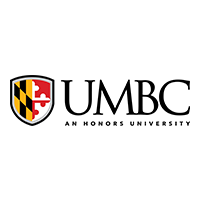Below is a summary of the abstract you submitted. Presenting author(s) is shown in bold.
If any changes need to be made, you can modify the abstract or change the authors.
You can also download a .docx version of this abstract.
If there are any problems, please email Dan at dar78@pitt.edu and he'll take care of them!
This abstract was last modified on March 31, 2025 at 8:57 p.m..

Novel bacteriophage Riptide was directly isolated using the host bacteria Streptomyces mirabilis NRRL B-2400.This is a heavy metal resistant, Gram-positive bacteria capable of producing a wide variety of secondary metabolites such as antibiotics and antifungal compounds. Investigating Riptide will help in gaining insight into the evolutionary history of phages that infect Streptomyces species. Riptide originated from a soil sample collected from a garden bed in Odenton, Maryland. Despite the phage forming turbid plaques, lysogeny testing indicated that Riptide has a lytic life cycle. Transmission electron microscopy of a plate-harvested lysate revealed Riptide is a siphovirus with a tail length of 328 nm and capsid length and width of 75 nm. DNA sequencing done by Pittsburgh Bacteriophage Institute reported a linear 132,142 bp long double-stranded DNA genome and an assignment to cluster BE and subcluster BE1. Annotation of Riptide’s genome by students at the University of Maryland, Baltimore County revealed the presence of 237 protein coding genes, 41 tRNA encoding genes, and 1 tmRNA gene. This annotation was performed using DNA Master with internal GeneMark and Glimmer, as well as other web-based applications such as NCBI’s BLASTp to manually adjust auto-annotated start sites. Functional annotation of these genes was completed using BLASTp, HHPred, and Phamerator, considering past calls of related phages, functional homology, and synteny. It shares a great deal of genomic similarities with cluster BE1 Streptomyces phages Anedea and Bmoc, indicative of a shared evolutionary history. Further genomic analysis has revealed two pending functional genes that encode proteins housing domains homologous to ribosomal proteins.





